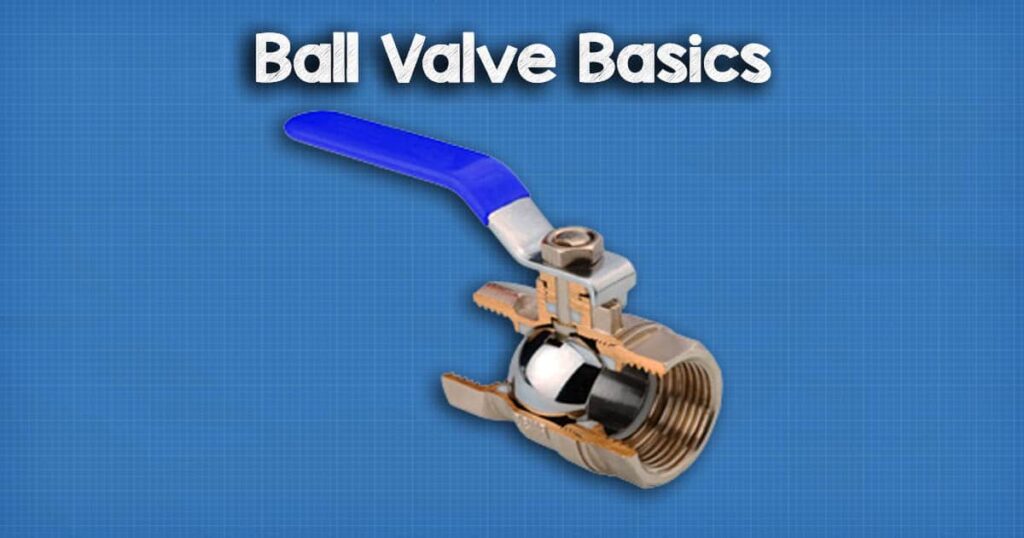Inside the Mechanics of Modern CCV Ball Valves

In the complex ecosystem of heating, ventilation, and air conditioning (HVAC) systems, valves serve as critical components. These seemingly small devices can be a linchpin for optimal functionality and energy efficiency. One category that stands out in this domain is valves.
The Significance of Ball Valves in HVAC Systems
Ball valves, in particular, have found extensive use in controlling the flow of both liquid and gaseous media. They’re known for their quick action, reliability, and minimal pressure drop. When discussing HVAC systems, it’s important to explore the subset of ball valves designed explicitly for these applications, commonly referred to as CCV Ball Valves.
What Sets b211b+tr24-sr-t us Apart?
In a sea of available options, it’s worth examining standout models that exemplify advancements in modern HVAC technology. One such model is b211b+tr24-sr-t us, which offers a blend of features that are highly advantageous for specialized applications.
The Anatomy of CCV Ball Valves
- Body: Usually made of brass or stainless steel, it houses the ball and maintains pressure integrity.
- Ball: A hollow sphere, often made from the same materials as the body.
- Stem: Connects the ball to the actuator.
- Seats: Seal the valve body and ensure that no media flows when the valve is closed.
- Actuator: The external part of the valve, used for controlling the position of the ball.
Unique Features of b211b+tr24-sr-t us
- Adaptive Flow Control: This feature allows for real-time adjustments to maintain desired flow rates, which is particularly useful in systems where flow requirements may change.
- Two-Way Flow: The valve is designed for bidirectional flow, making it highly versatile.
- Energy Efficiency: With a focus on low power consumption, it contributes to the overall energy efficiency of an HVAC system.
Why Are These Valves Vital?
Both general and specialized HVAC applications can benefit tremendously from high-quality CCV Ball Valves. They offer:
- Quick and efficient shutoff
- Minimal wear and tear
- Lower maintenance costs
- Reliable performance under varying conditions
Installation and Maintenance Tips
- Orientation: Ensure the valve is installed in the direction specified by the manufacturer.
- Calibration: Regular calibration is crucial for maintaining the valve’s performance.
- Lubrication: Periodic lubrication can extend the life of the valve and its components.


 Step-by-Step: Building Your Online Store on Amazon in 5 Easy Steps
Step-by-Step: Building Your Online Store on Amazon in 5 Easy Steps  All You Need to Know About 52 Week Low Stocks
All You Need to Know About 52 Week Low Stocks  Why Granite Countertops Are a Timeless Choice for Your Kitchen
Why Granite Countertops Are a Timeless Choice for Your Kitchen  Mutual funds vs. Index Funds in India: Which Should You Choose?
Mutual funds vs. Index Funds in India: Which Should You Choose?  Advantage of BPCI-A for Bundled Payment Success
Advantage of BPCI-A for Bundled Payment Success  Self-destructing note tools for whistle-blowers
Self-destructing note tools for whistle-blowers